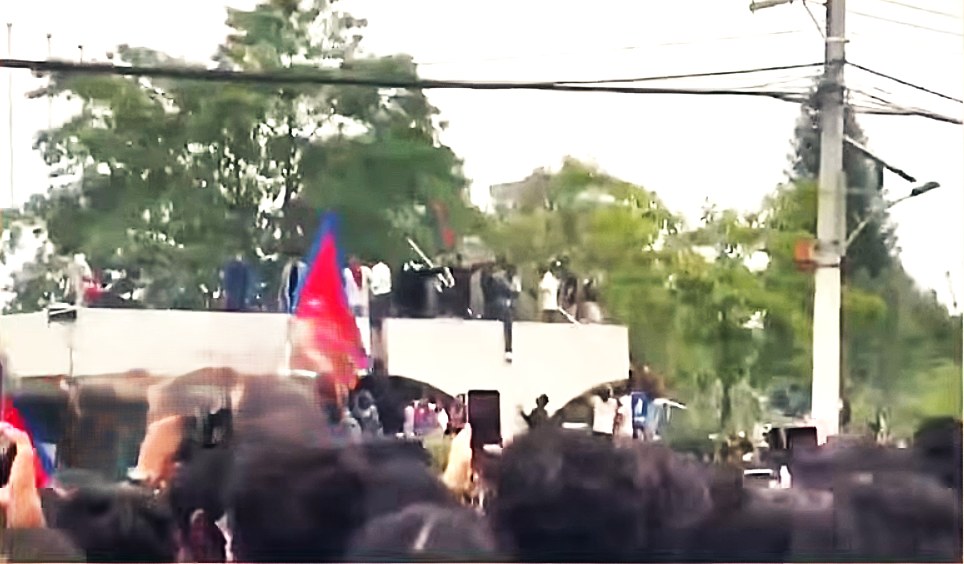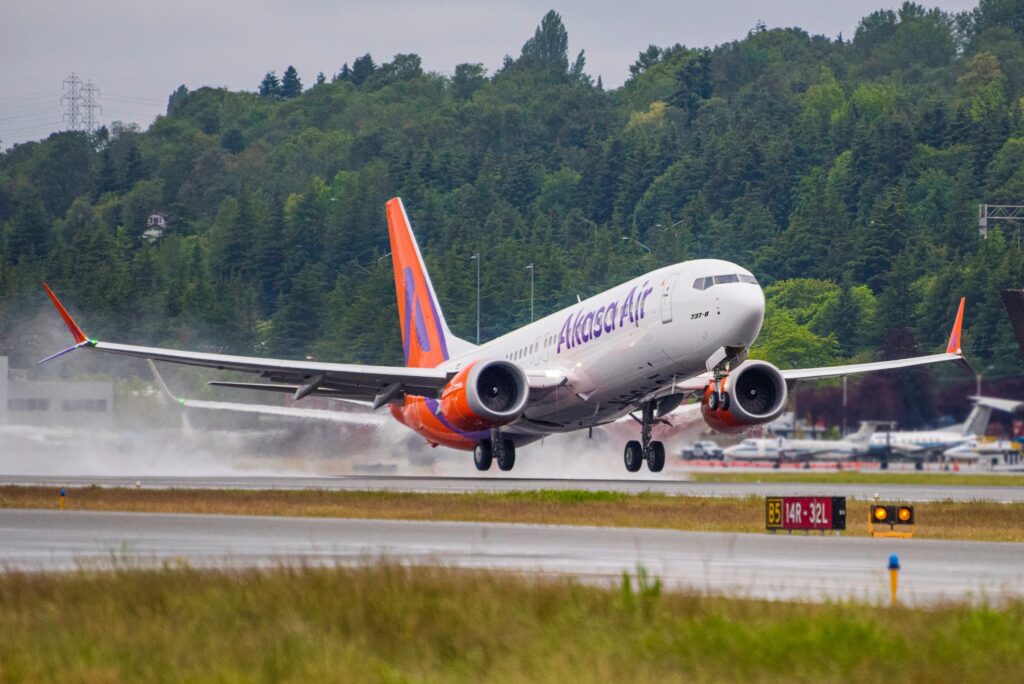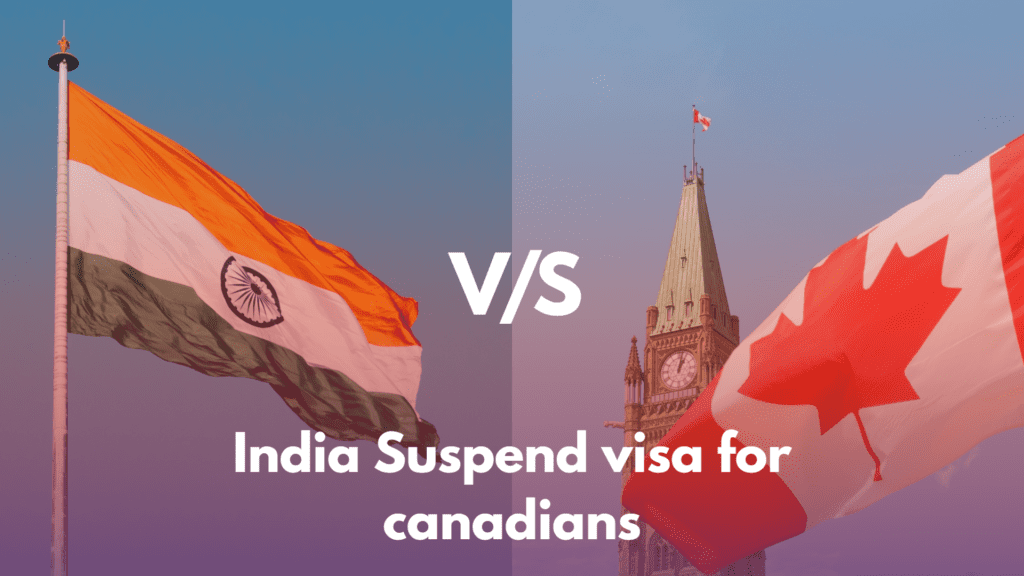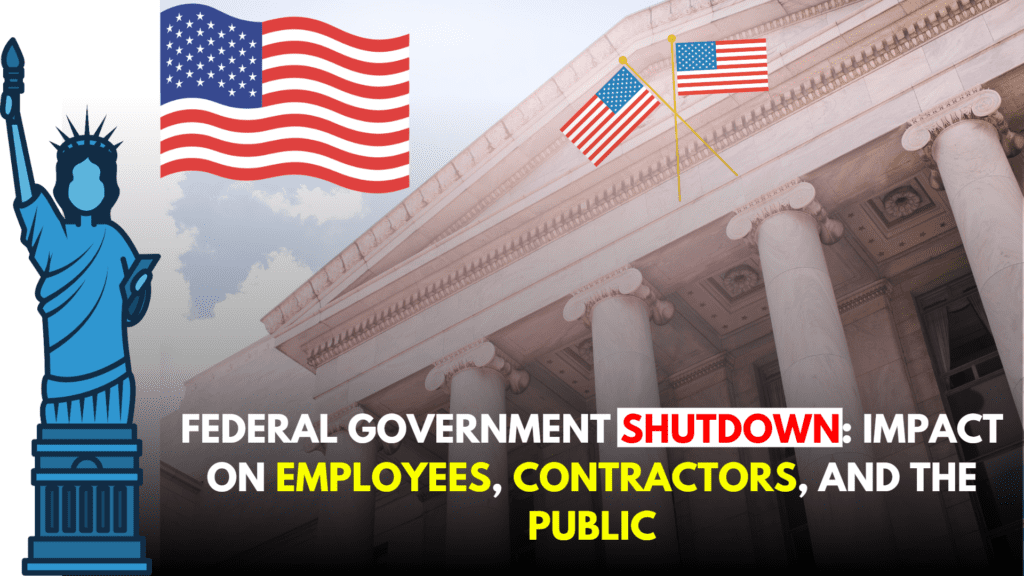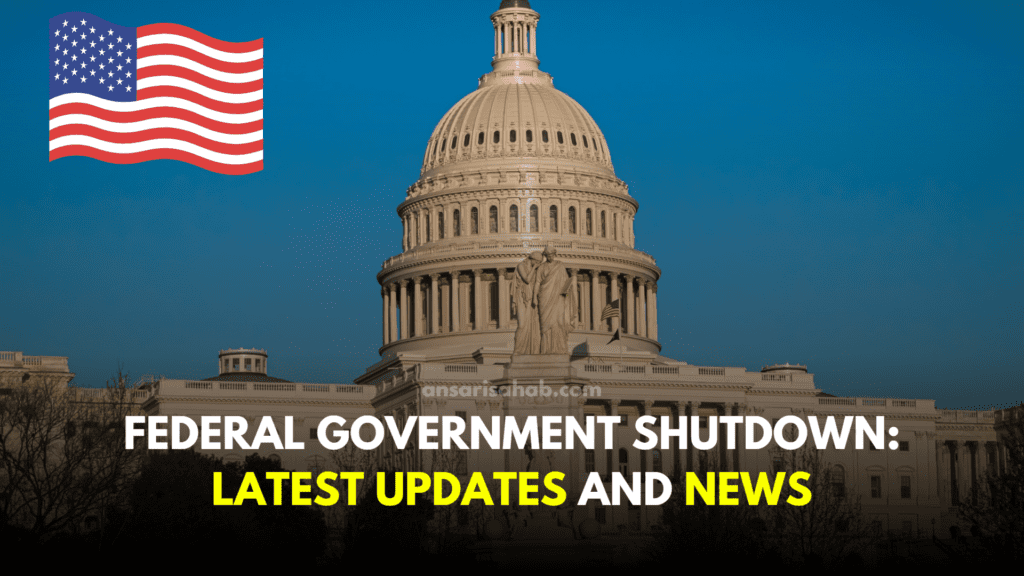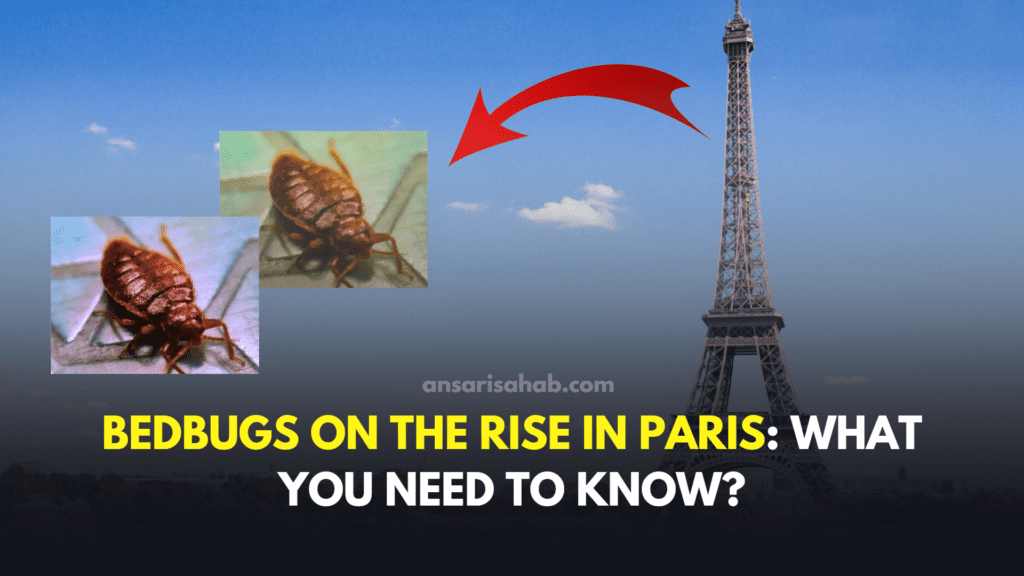Social Media Ban Sparks Deadly “Gen Z” Protests
Nepal Protest Updates: A government-imposed ban on 26 social media platforms—including Facebook, X (formerly Twitter), YouTube, Instagram, and WhatsApp—triggered a wave of nationwide protests led by Nepal’s youth, widely dubbed the “Gen Z protests.” The ban, announced on September 4, required these platforms to register locally—only TikTok and Viber complied. The demonstrations swiftly escalated into violent clashes, resulting in at least 19 deaths and hundreds of injuries.
Political Fallout: Prime Minister Resigns, Curfews Enforced
In response to mounting unrest, Prime Minister K.P. Sharma Oli resigned on September 9, citing the extraordinary situation. The protests intensified, with protesters storming and setting fire to the parliament building and the private residences of top officials. Curfews were declared in Kathmandu and other cities to contain the unrest.
Flights Suspended Amid Security Concerns
Katmandu’s Tribhuvan International Airport canceled all flights as a direct response to the worsening security situation. Prominent carriers such as IndiGo and Air India suspended operations to and from Kathmandu, citing safety concerns.
Ban Lifted; Investigation & Compensation Promised
Later on Tuesday, the government lifted the social media ban in an effort to calm tensions. Communications Minister Prithvi Subba Gurung announced the restoration of access to all blocked platforms. Prime Minister Oli pledged relief payments to victims’ families, free medical care for the injured, and the formation of an investigation panel to report back within 15 days.
Broader Context: Youth Frustration Demands Change
While the social media ban was the immediate flashpoint, the protests speak to broader resentment among Nepal’s youth. Demonstrators decried endemic corruption, nepotism, and economic stagnation, rallying against the dominance of privileged political families—often referred to as “Nepo Kids.” The unrest, largely organized by Generation Z, reflects deep dissatisfaction with existing governance.
What This Means for Citizens and Visitors
- Public Safety Risks: With continued unrest and imposed curfews, movement within Kathmandu and surrounding areas remains precarious.
- Travel Disruptions: All flights at the international airport are canceled—travelers should seek updates from airlines and local authorities.
- Political Uncertainty: The resignation of the prime minister and the sweeping public dissent signal a volatile period ahead for Nepal’s governance.
- Role of Youth Activism: The protests illustrate the mobilizing power of Gen Z, with implications for future civic engagement in Nepal.
FAQs
A1: The unrest began after the government banned major social media platforms for failing to register, prompting youth-led “Gen Z” protests that quickly evolved into broader demonstrations against corruption and censorship.
A2: The government lifted the social media ban, offered compensation and medical aid to victims, launched an investigation panel, and saw the resignation of Prime Minister K.P. Sharma Oli amid imposed curfews.
A3: Yes, all flights at Kathmandu’s Tribhuvan International Airport have been canceled due to security risks, with major airlines suspending service until further notice.
Sources:
AP news
Wikipedia
Reuters
The guardian

